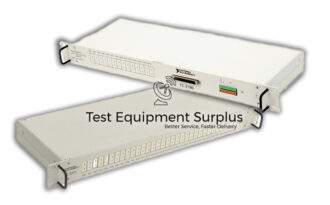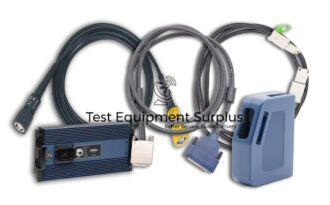Description
The Part Number 134731-0R5 identifies a specific product within the range of Switch Load and Signal Conditioning devices. This particular item is known as the IXBF-IXBF-DIFF Cable, a designation that hints at its function and design.
The product is categorized under Switch Load and Signal Conditioning, indicating its role in managing and conditioning signals or loads within a switch setup. This is crucial for systems requiring precise control and management of electrical signals or power.
Its Model name, IXBF-IXBF-DIFF Cable, further specifies the type of product, suggesting that it is a differential passthrough cable designed for specific interfacing needs. The differential aspect implies that it can carry differential signals, which are preferred in environments where signal integrity is paramount due to their resistance to noise and interference.
Providing a Short Description, the product is presented as an Ixbf-Ixbf Differential Passthrough Cable, 0.5 Meters long. This description encapsulates the product’s purpose and physical characteristics succinctly, highlighting its function as a passthrough cable for differential signals and its length of 0.5 Meters.
The Cable Length of 0.5 Meters is especially noteworthy for applications where space is limited or where minimal signal loss is desired. Shorter cables can often provide cleaner signal transmission by reducing the potential for signal degradation over distance.
| Specification | Details |
|---|---|
| Part Number | 134731-0R5 |
| Category | Switch Load and Signal Conditioning |
| Model | IXBF-IXBF-DIFF Cable |
| Short Description | Ixbf-Ixbf Differential Passthrough Cable, 0.5 Meters |
| Cable Length | 0.5 Meters |
Question 1: What is the part number of the IXBF-IXBF-DIFF Cable?
Answer 1: 134731-0R5
Question 2: What category does the cable fall under?
Answer 2: Switch Load and Signal Conditioning
Question 3: What is the cable’s primary function?
Answer 3: Differential passthrough for signal conditioning
Question 4: How long is the IXBF-IXBF-DIFF Cable?
Answer 4: 0.5 meters
Question 5: Why are differential signals preferred?
Answer 5: Resistant to noise and interference




